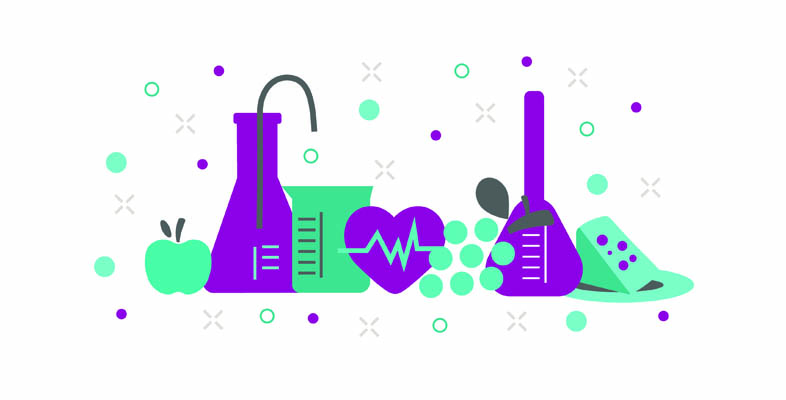4 Eating disorders
An eating disorder is a medical diagnosis and requires a specialist team to treat and support the person affected appropriately. A person with an eating disorder has a range of psychological disorders. These result in an abnormal relationship with food that causes a change in the person’s eating habits and behaviour.
The following main types of disorder are recognised.
- When food and fluid are restricted, with massive weight loss, it is known as anorexia nervosa.
- There can also be binge eating, which is known as a binge eating disorder.
- When there is vomiting, it is known as bulimia nervosa.
- There are often body image issues associated with eating, as well as other psychological issues such as depression and self-harm.
There is another associated condition called avoidant restrictive food intake disorder (ARFID). Here a small list of foods will be eaten and foods that are avoided because of their smell, taste, colour or texture. The idea of eating can cause anxiety. ARFID is not associated with body image; it is anxiety about the eating process. This could also be considered as disordered eating.
The National Eating Disorders Centre [Tip: hold Ctrl and click a link to open it in a new tab. (Hide tip)] has more information that you may find useful.
Fussy eating is completely different. It often develops through the food choices made during the formative years of weaning and mixed eating. Often, changes in the social environment can change the type of food eaten. Have you eaten something different when you go out, or when cooking for yourself?
